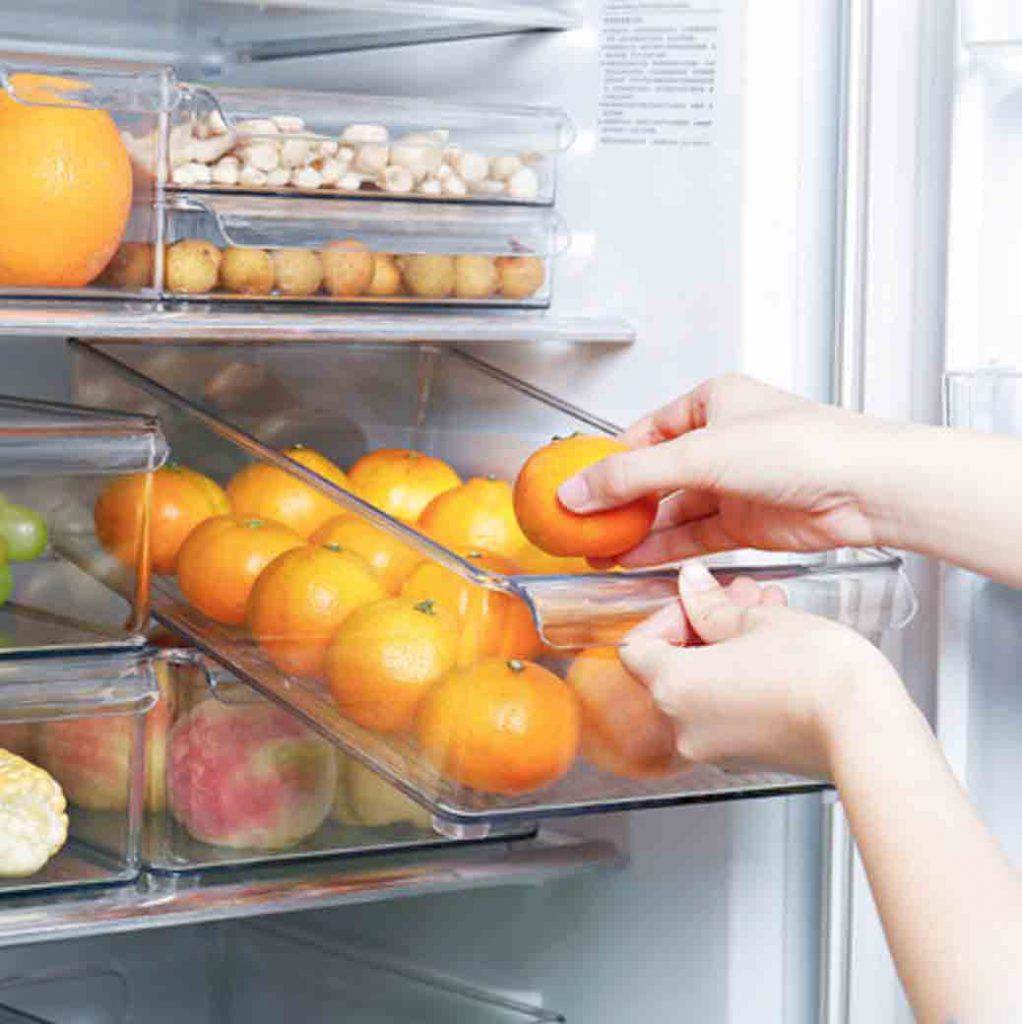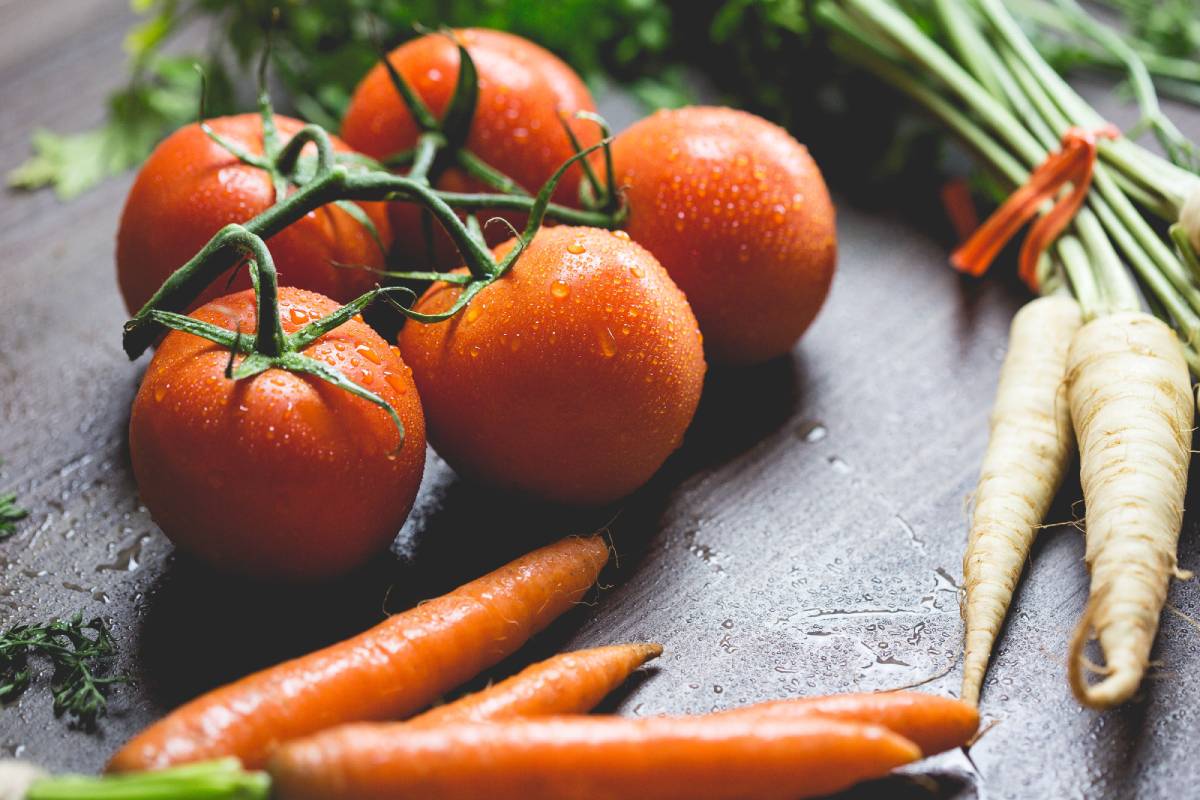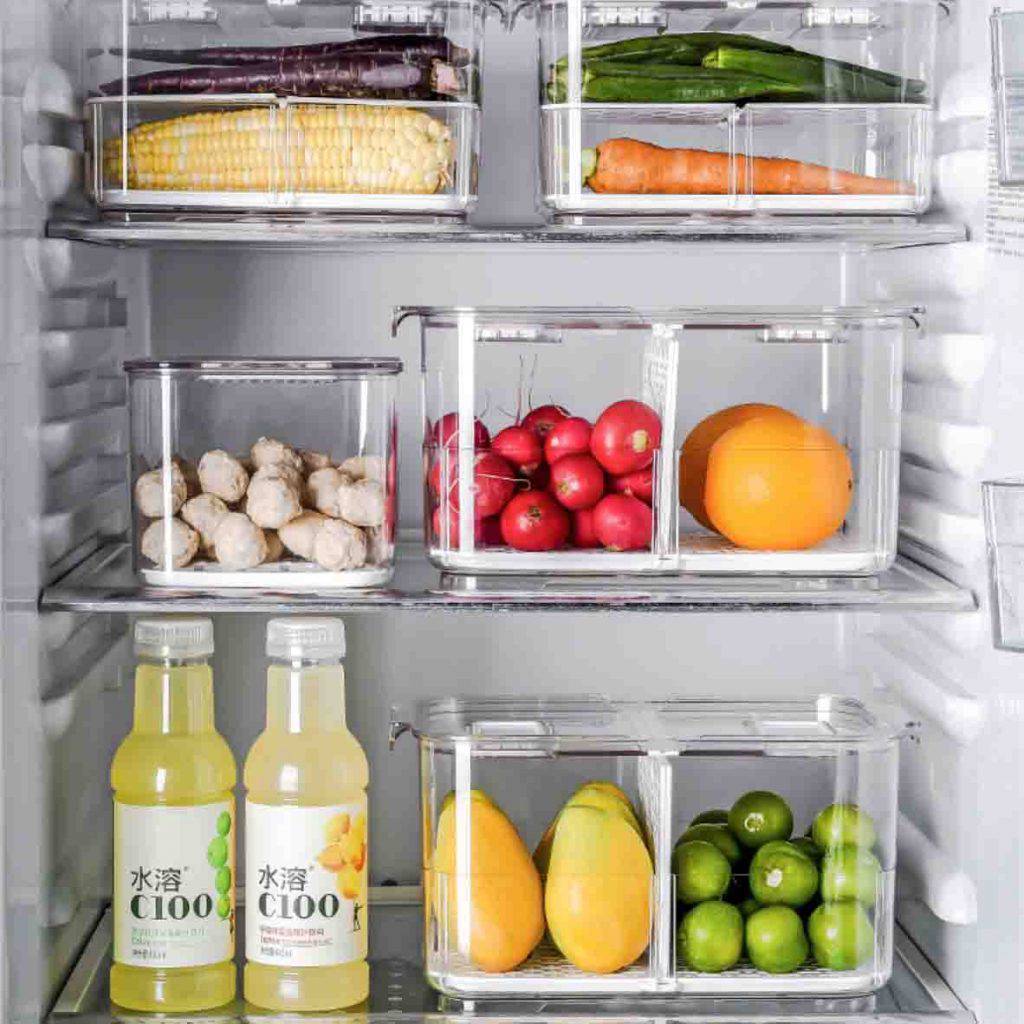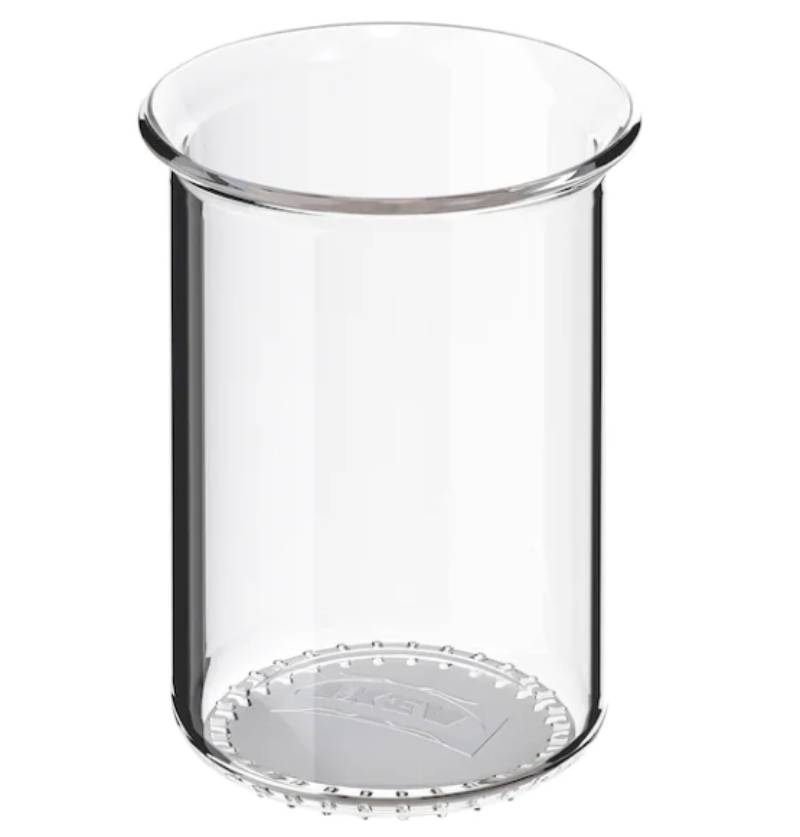6 fridge hacks for storing groceries

If you're one of those who went to stock up on food last night along with thousands of other people, you're probably looking at all that produce and dried goods now and wondering how to store them.
One of the biggest problems that come with hoarding groceries is food wastage. Often, we buy so much that we don't finish them before the expiry date, or throw them into the fridge and forget all about them. To help you avoid that situation, we've put together some fridge hacks for properly organising and storing your food.

Instead of pushing items all the way to the back of the shelf, store them in pull-out baskets with handles, so you can take out all the contents at a go. This is especially useful for taller fridges with high, deep shelves where those of us with average height can't quite reach the back.
Klear stackable fridge organiser bin, from $8.90, from Style Degree.
Food about to reach its use-by date in the next few days? Keep those items in a clear box labelled 'Eat me First' in your fridge at eye level. This way, you'll be reminded each time you open the fridge looking for something to munch.
You can do something similar for kids - put all juice boxes, apples, yogurt etc into a box and leave it on a lower shelf they can easily access, making sure the ones with the earliest use-by dates are in front.

Often, fresh produce drawers accumulate bits of old vegetables. These build up odour in the fridge, and the only way to clean them is to take out the entire drawer for washing.
Keep your drawers clean - and your veggies fresher for longer - by lining the bottom of your produce drawer with paper towels or wax paper, and change these out every week when you do your weekly grocery shop.
If you've bought a LOT of food and/or have a large family, it's often tough to keep track of how long that jar of mayonnaise or that bag of carrots has been sitting there. Not everything has an expiry date, so it's best to label each item with the purchase date.
All you need is a black Sharpie and a few seconds. Alternatively, keep a small magnetic whiteboard on the fridge door and update that.

Instead of having different-sized boxes and bags of fruit rolling around, store them in stackable clear boxes. These help to maximise the shelf height in your fridge, and you can see what's available at a glance.
Klear two-way fridge storage box, from $28.80, from Style Degree.

Leaving food items that are small, or long and thin (like cheese sticks) in a deep compartment means that they'll be easily buried by other items and forgotten, only to be excavated months later when you're clearing out your fridge.
Store these upright instead - use a mug to hold them upright in the fridge door compartment, or a small hanging basket with rubber suction cups that can be attached to the inside of the fridge. When you open up the door, these small food items will be within sight.
VOXNAN clear glass mug, $6.90, from IKEA.
Wandering into the supermarket without a plan is dangerous, as we all know.
Next time you plan to go grocery shopping, open up your fridge, larder and store room to do a quick audit of your inventory first. You might realise that you've been hoarding cans of tuna or bags of pasta without knowing it, buying a few new ones every time you shop and letting them build up at home.
Take note of what you already have and what you do need, and make a list before shopping next time - saving yourself space and money.
This article was first published in Home & Decor.